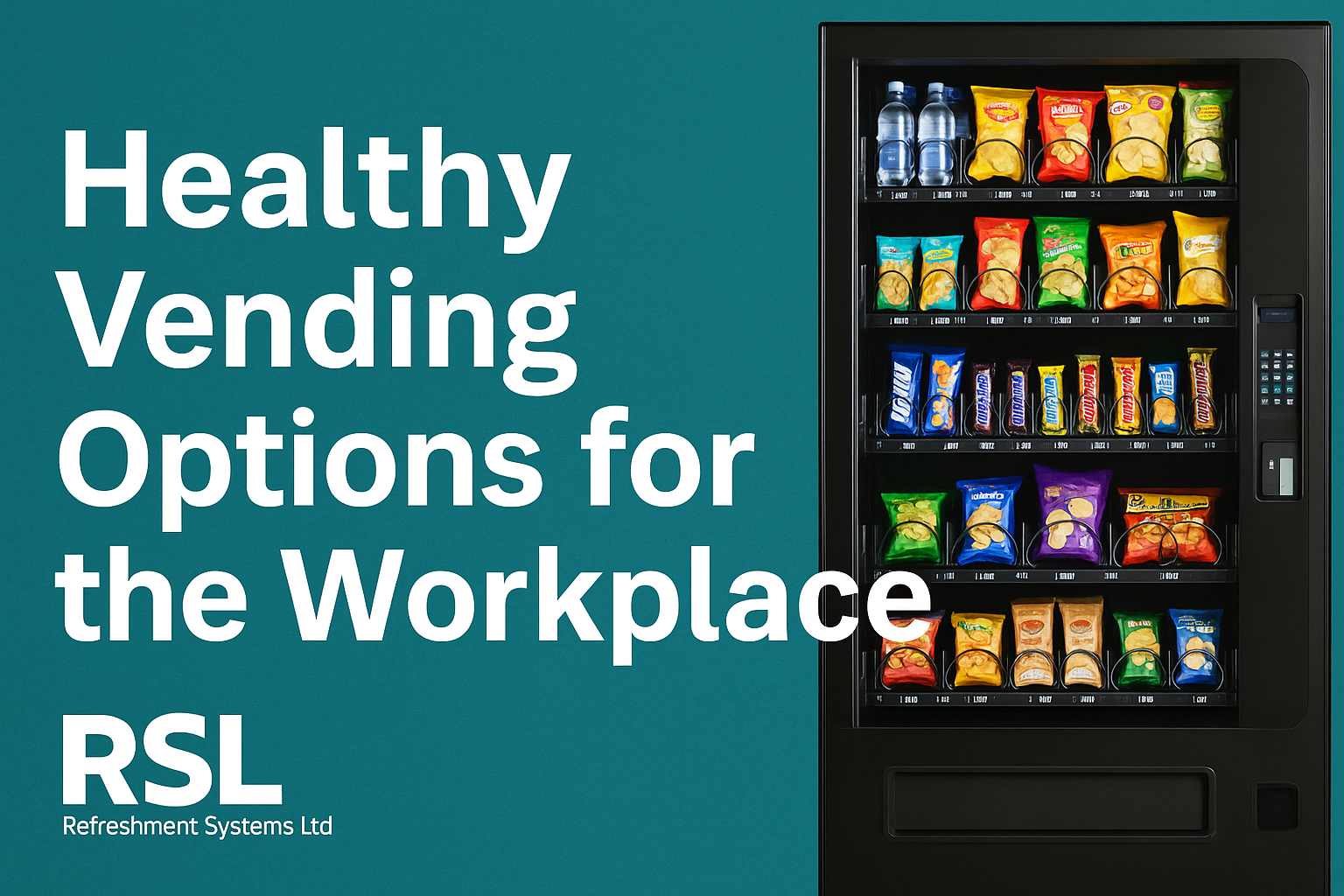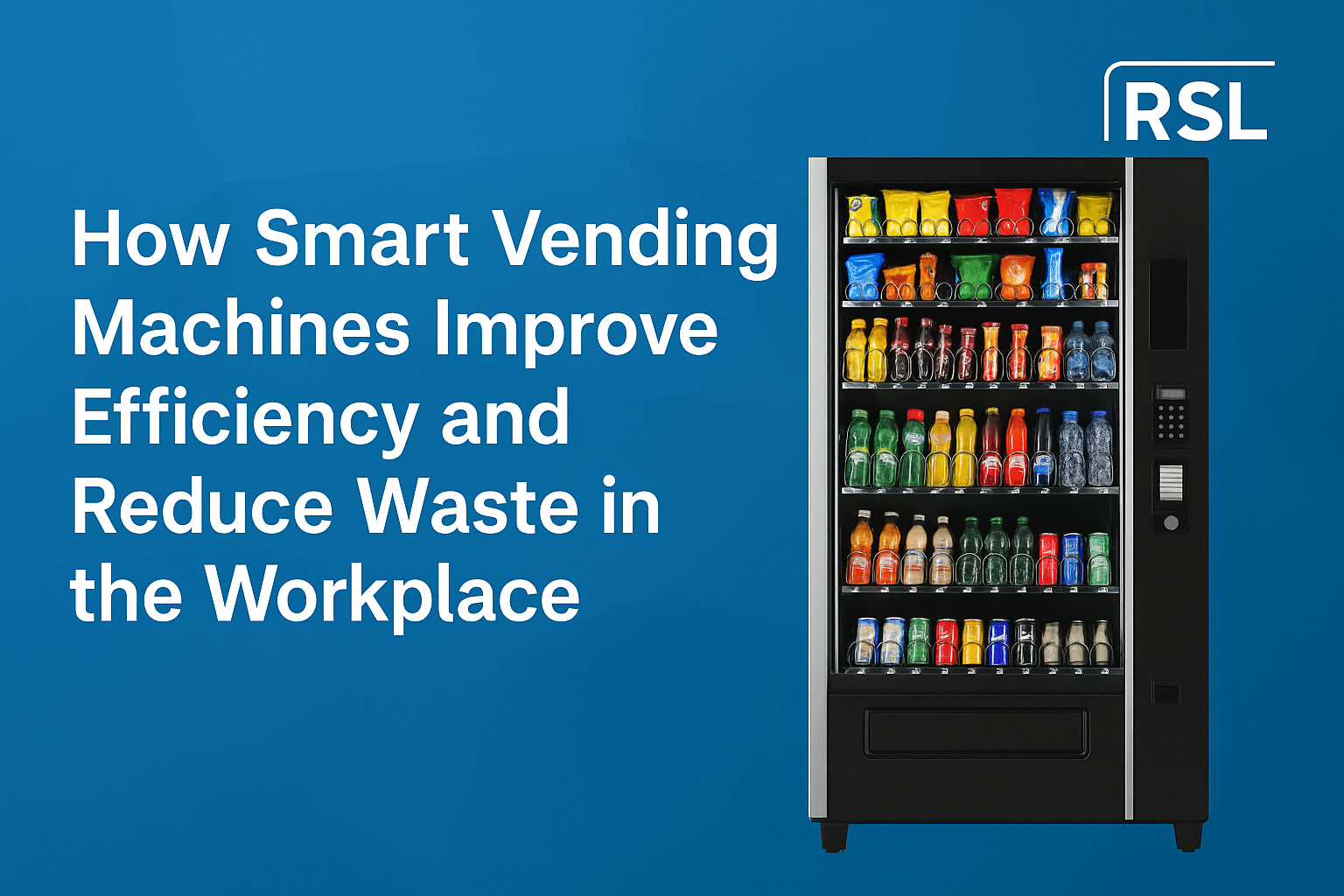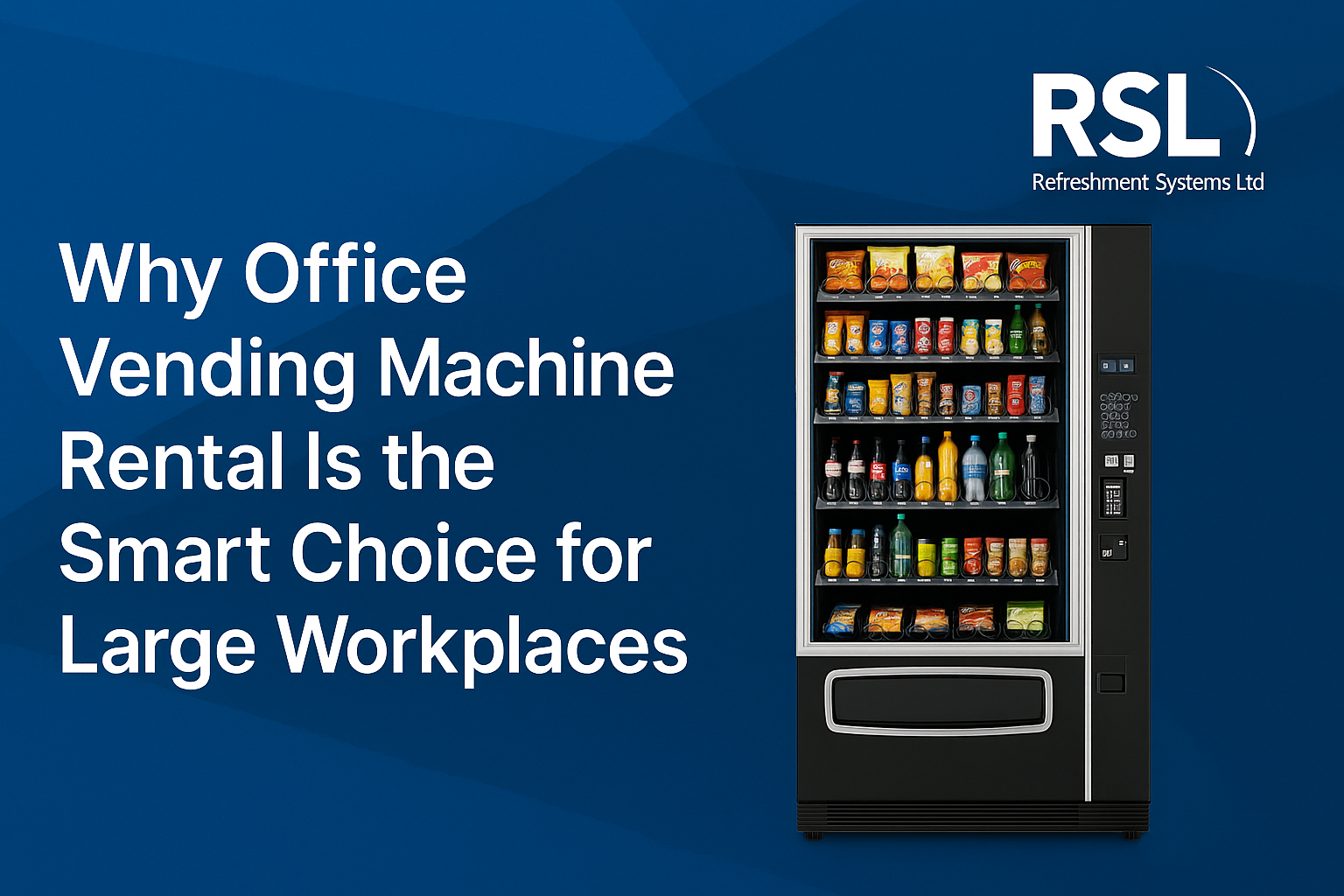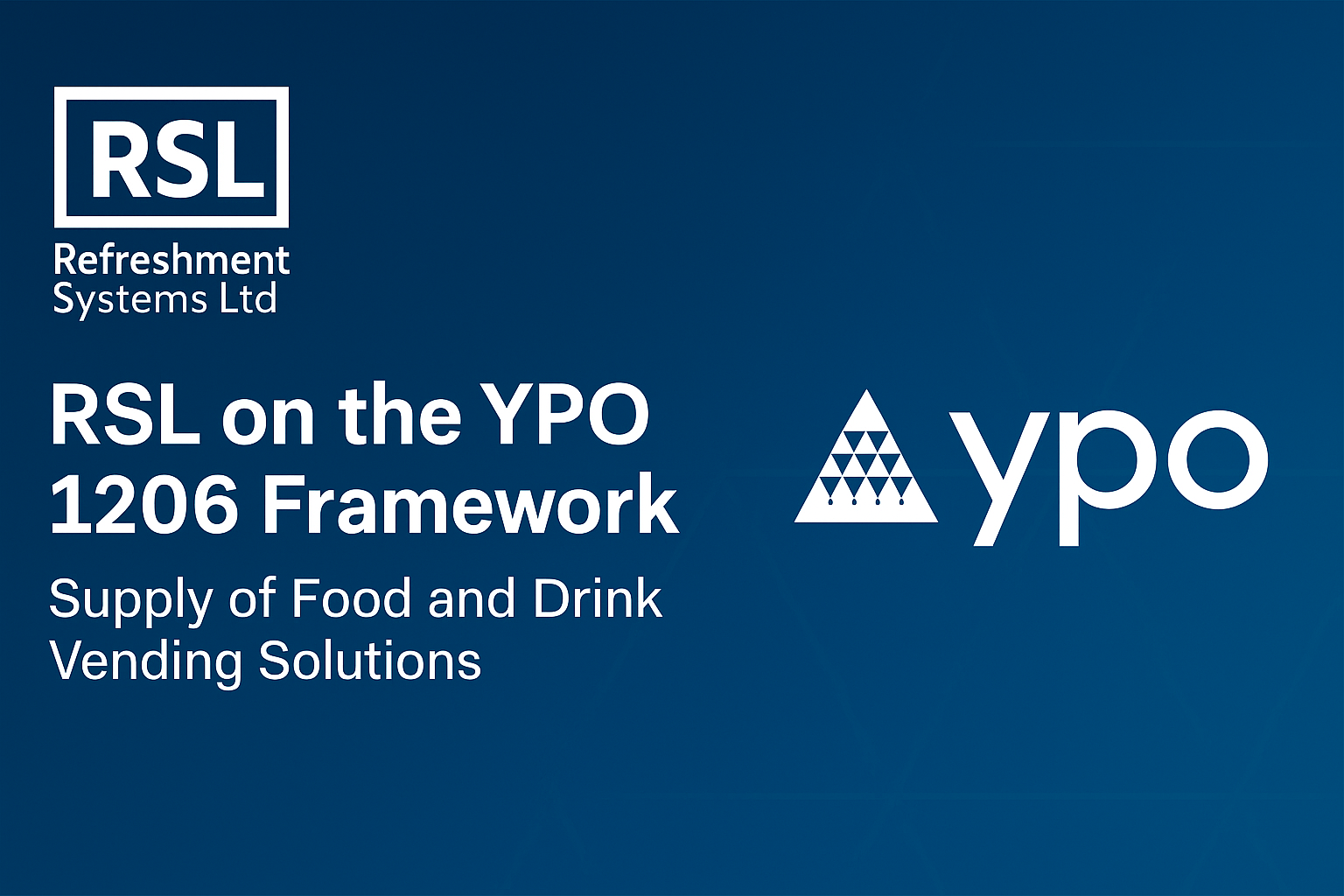A person, company or country is carbon neutral if they balance the carbon dioxide they release into the atmosphere through their everyday activities with the amount they absorb or remove from the atmosphere. This is also called net zero carbon emissions or net zero carbon because overall no carbon dioxide is added to the atmosphere.
The definition of net zero emissions is sometimes expanded to include other gases such as methane, nitrous oxide and hydrofluorocarbons. This is sometimes referred to as net zero greenhouse gas emissions or simply net zero. These other gases contribute about 24% of global greenhouse gas emissions and carbon dioxide the remaining 76%.
There are two main ways to achieve net zero: reducing emissions and removing carbon dioxide from the atmosphere, through technologies that actively take in carbon dioxide or by enhancing natural removal methods – by planting trees, for example. These methods can be used in combination.

Net zero greenhouse gas emissions are seen as key targets for reaching the Paris Agreement goal of keeping the rise in global temperature well below 2°C and preferably below 1.5°C above pre-industrial levels. Many countries have pledged to reach net zero emissions by 2050, including the UK, which has enshrined in law a target to slash greenhouse gas emissions by 78% by 2035 compared to 1990 levels.
The UK’s plan for reaching net zero includes increasing energy efficiency, using more renewable energy to produce electricity for heating and transport, and making use of hydrogen to replace fossil fuels.
Read more about Carbon Zero and our Certification



